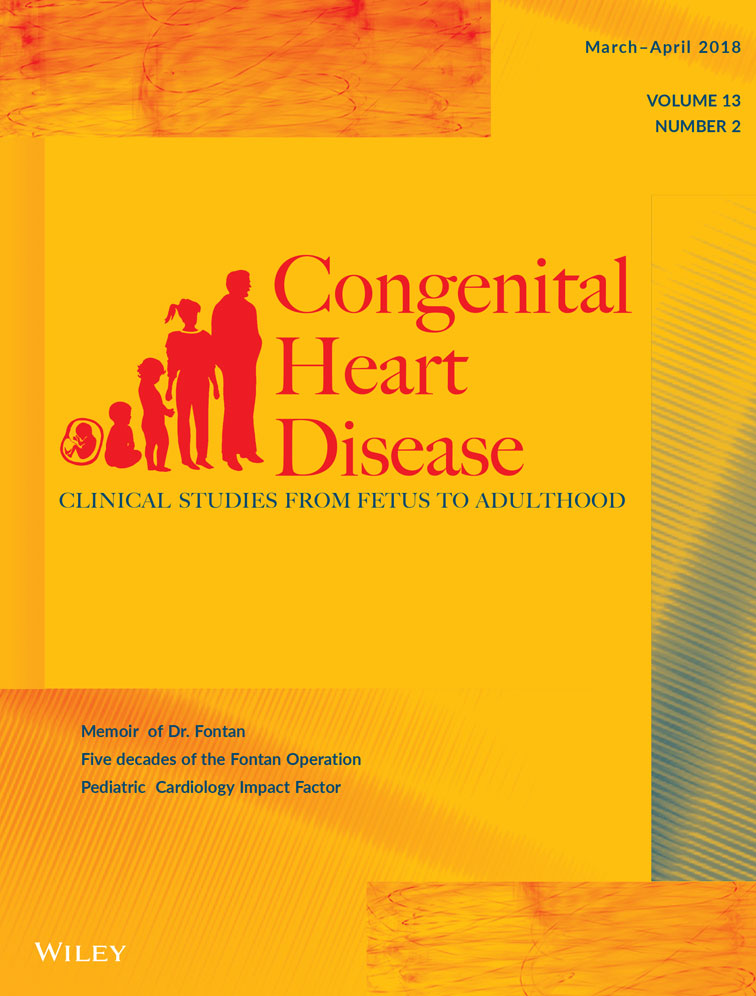Clinical outcomes of percutaneous or surgical closure of ruptured sinus of Valsalva aneurysm
Funding information: No disclosure of grant(s) or other funding
All authors work on the same hospital.
Abstract
Objective
To evaluate the clinical efficacy, safety, and long-term outcomes of percutaneous closure (PC) and surgical repair of ruptured sinus of Valsalva aneurysm (RSVA).
Methods
Eighty-five consecutive patients with RSVA were included in this study. Patients were considered candidates for PC if they met the criterion, surgical repair was performed on patients who were unsuitable or failed PC. Of them, 30 patients underwent PC, while the other 55 patients had surgical repair.
Results
RSVA was successfully occluded in 29 of 30 patients who were treated by PC. The mean narrowest diameter at the ruptured site was 6.45 ± 1.60 mm measured by aortography. One patient developed serious occluder-related aortic regurgitation and underwent surgery. The success rate of the interventional approach was 96.7%. In the surgical group, 23 patients underwent repair of combined RSVA and ventricular septal defect. The hospital mortality rate of the surgical approach was 3.57%. During a median follow-up of 83 months (8–152 months), the improvement in NYHA functional class in the PC group was significantly greater than those in the surgical group (P < .01). One patient died of infective endocarditis in the surgical group. There were no further serious complications.
Conclusions
PC is a safe alternative to surgical repair for patients with isolated RSVA. Surgical repair is more suitable for those who have multiple cardiac lesions requiring surgical treatment or failed PC.
CONFLICT OF INTERESTS
The authors declared that they have no conflicts of interest to this work. We declare that we do not have any commercial or associative interest that represents a conflict of interest in connection with the work submitted.




